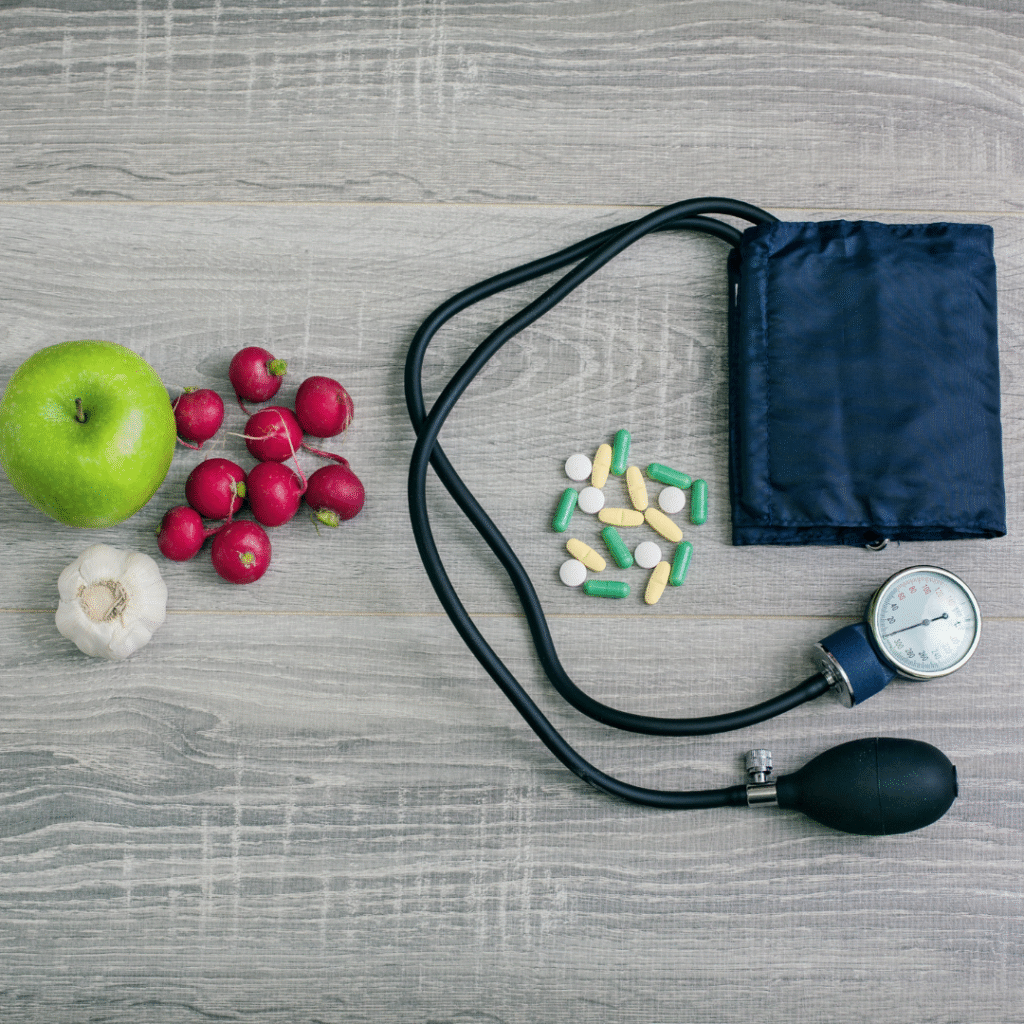Can high cholesterol make you dizzy?
Can High Triglycerides and High Cholesterol Cause Headaches, Dizziness, or Nausea? Facts & Stats Explained Summary: High triglycerides and high cholesterol do not directly cause headaches, dizziness, or nausea in most people. However, they can contribute indirectly to these symptoms by leading to serious complications such as reduced blood flow, inflammation, high blood pressure, stroke, or heart disease. These conditions may trigger headaches, dizziness, or nausea, especially in severe or high-risk cases. Most individuals with high cholesterol or triglycerides remain asymptomatic unless complications arise. Can high cholesterol make you dizzy? Not by itself, but arterial blockages or severe blood flow reduction resulting from high cholesterol can cause dizziness, faintness, or loss of balance in rare cases. Can high triglycerides cause headaches? Yes, but indirectly. High triglycerides, like LDL (“bad”) cholesterol, can negatively affect blood circulation and increase inflammation, which may contribute to headaches. Decreased blood supply caused by plaque buildup can lead to symptoms such as numbness, dizziness, confusion, blurred vision, or severe headaches. Studies have shown an association between high triglycerides and increased prevalence of migraine—particularly migraine with aura—among elderly individuals. Does high cholesterol cause dizziness? The answer is the same as above: not directly. High cholesterol by itself usually doesn’t cause dizziness, but the diseases it leads to can result in dizziness. Does high cholesterol cause headaches? Rarely and not directly. Most medical sources and research indicate that high cholesterol is not directly linked to causing headaches. However, high cholesterol contributes to high blood pressure, narrowed arteries, or poor circulation, which can trigger headaches—especially in those with other cardiovascular risk factors. One large study of 25,000 adults found that people with high cholesterol were more likely to develop migraines over 20 years, likely due to inflammation and vessel changes caused by cholesterol. Can high cholesterol cause dizziness and nausea? Not as a direct symptom. Dizziness and nausea are not primary symptoms of high cholesterol. However, they can occur in connection with serious complications caused by cholesterol buildup, such as a heart attack or stroke, which require immediate medical attention. Key Statistics and Facts 90 million+ adults in the US have high cholesterol; most are asymptomatic but are at increased risk for complications. Migraine risk: People with higher cholesterol have an elevated risk of developing migraines, as found in a long-term study of over 25,000 participants. Dizziness in high cholesterol: Only arises via associated diseases—especially cerebrovascular events or severe circulatory problems. Summary Table Condition Headaches Dizziness Nausea High triglycerides Can contribute indirectly Possible if severe No High cholesterol (direct effect) Rare, indirect in most cases No direct link No High cholesterol (via complication) More likely w/ complications Seen in stroke, severe events Possible in emergencies Conclusion High triglycerides and cholesterol do not generally cause headaches, dizziness, or nausea as direct symptoms. However, their long-term complications (like high blood pressure, stroke, and heart disease) can lead to these symptoms, particularly in high-risk scenarios. Most people with high cholesterol or triglycerides will not experience these symptoms unless severe cardiovascular problems are already developing. Take Control of Your Heart Health with NAMG At Northern Arizona Medical Group (NAMG), we understand that high cholesterol and triglycerides can silently put your health at risk. While symptoms like headaches, dizziness, or nausea may not always appear, the long-term complications can be serious. That’s why we offer expert care and comprehensive cholesterol management—tailored to your unique health needs. Our experienced providers monitor, manage, and treat cholesterol levels with the latest evidence-based approaches to help prevent cardiovascular complications before they start. 📍 Visit us at:3555 Western Ave, Kingman, AZ 86409 ✅ Why Choose NAMG? Personalized cholesterol and lipid care plans Preventive screening and lifestyle guidance Focused cardiovascular risk reduction Compassionate, locally based healthcare team Take the first step toward better heart health.📞 Call us today to schedule your appointment or learn more.Your heart deserves expert care—NAMG is here for you.
Can high cholesterol make you dizzy? Read More »



